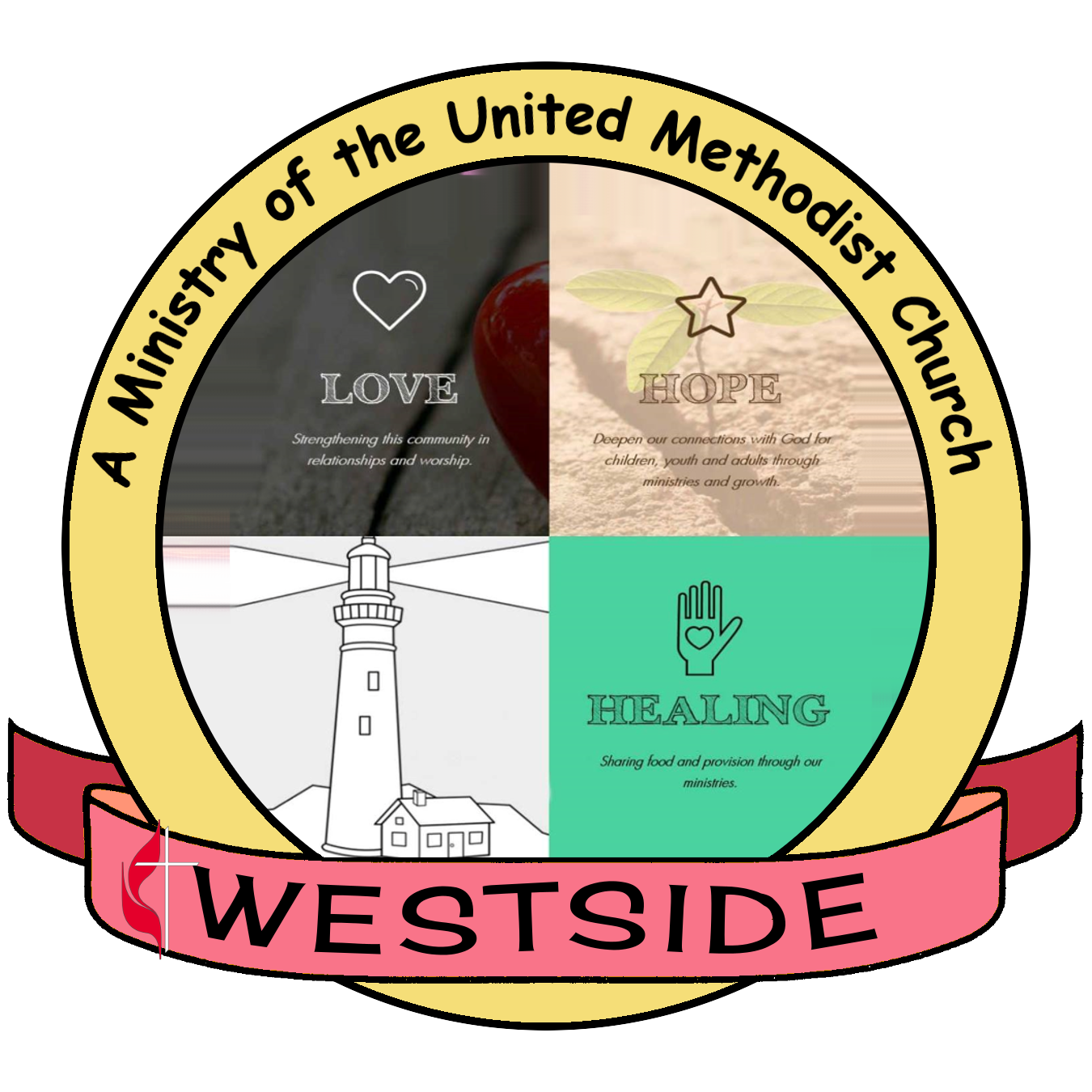Scripture: Psalm 103; Acts 2: 41-47; 1Cor 14:26-31; Colossians 3: 12-17
Writing another first-person narrative, McLaren imagines what it might have been like about a year after the resurrection. He observes that by then the disciples were convinced that what mattered was not so much for Christ to appear TO them as for Christ to appear IN them, AMONG them, and THROUGH them. “Jesus wants us to be his hands, his feet, his face, his smile, his voice… his embodiment on Earth” (p182).
Here in this chapter he discusses the four main functions that early worship included. First, teaching either through a letter from the apostles being read, or a reading from Psalter, Prophets or the Torah. The early church was also in the practice of each person bringing with them a song or scripture to share in worship.
Second, bread. The church met, whether in homes, public buildings or outdoor settings, and broke bread together, either as a full meal, or a simple meal, called a love feast, often incorporating the meal of communion. One thing that the body of believers modeled early on was inclusion of everyone at this table, poor, slave, free, male, female, Jew and Greek, city-born or country-born, no matter, all were loved, “all welcome as equals. We even greet one another with a holy kiss.” This would have been unheard of in any other part of society. McLaren observes, “we say the words Jesus said about the bread being his body given for us, and the wine being his blood shed for us and for our sins. Those words “for us” and “for our sins” are full of meaning for us. Just as we take medicine “for” an illness, we understand that Jesus’ death is curing us of our old habits and ways” (184).
Third, Fellowship. “We share our experiences, our sense of what God wants to tell us, our insights from the Scriptures. We also share our fears, our tears, our failures, and our joys. There is a financial aspect to our sharing as well. … None of us are rich, but through our sharing, none of us are in need, either” (184).
Fourth, prayer. The gathered community prayed giving God praise, thanksgiving, confession, bringing needs to God, praying for healing, seeing God move.
“This is why, even when we are tired from long days of work, even when we are threatened with persecution, even when life is full of hardships and we feel discouraged or afraid, still we gather to rise up in worship” (185).
How do you respond to the four functions of gathered worship: teaching, bread & wine, fellowship and prayer? or Share a story of a time when your heart was full of worship?
One experience of worship stands out to me occurred more than 25 years ago. I was speaking at a Christian Ashram in the mountains of California. One of the mainstays of the Christian Ashram is the 24-hour prayer vigil. All who attend sign up for various hours. I had signed up for one of the early morning hours, so I was in the prayer chapel, that stood in the middle of this redwood-tree filled property at around 2 in the morning. I had prayed through all the requests and was lost in praising God, worshiping, singing, and then began to sing in an unknown tongue. Suddenly someone else, who had come in during my loud praise, and was sitting in the back of the chapel joined in praise as well, also singing in tongues, and as if she had been taught the unknown melody.
We joined in a harmony that was ethereal, beautiful and incredible, for neither of us knew the song. We sang on, carried into praise by the Spirit, and worshiping God with a heaven-sent song. It was one of those prayer moments, and one of those moments in worship that I’ll never forget. It was incredible. Eventually the song ended, both of us trailing off, and I turned to see who had come, greeted this stranger, not part of our camp, and gave thanks for her coming to share in worship. Soon my hour was over, but the song, the praise, the sense of God’s presence in that prayer chapel stayed with me. I think every experience of worship seeks to echo that one from long ago.
